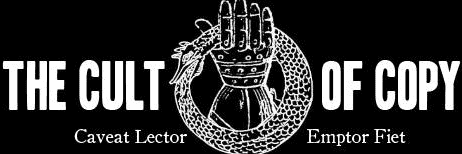“All the best stories are but one story in reality – the story of escape. It is the only thing which interests us all and at all times, how to escape.” – A. C. Benson, Born Apr. 24, 1862.
We tell stories. Stories about the reader. Stories they haven't heard about themselves yet.
The ending of the story is where they take the action we want. And a wonderful way to paint that action is as an escape, or a means to it. This makes people want to chase it, even if they were comfortable a moment before.
First, you must convince your reader that they are imprisoned, held captive, and trapped.
Some already know. Some know but have tried to ignore it. Some had no idea they lived in shackles and servitude.
But we show them the chains. We reveal the cage. They come to see the weird little vat of goo they swim in while the machines of society use them up like a double A meat battery.
You were meant for better than what scraps life will leave in the dirt for you.
But you have to want it. You have to want to leave where you are now, leave behind the chains and ropes and bonds. You have to want a new life – one of more joy, more freedom, more satisfaction.
This beauty cream doesn't just smooth your wrinkles, it frees you from the prison of old age, so you can pretend you're still pretty and not gonna die soon.
This diet doesn't just help you lose weight. It frees you from an unattractive, unhealthy prison your personality has been trapped in, so that you can enjoy life and get laid.
This computer doesn't just process words and spread sheets. It lets you escape from the prison of the cubicle and frees you to explore your undiscovered creative talent for selecting fonts.
So remember this angle when you want to get people to do what you want. Frame your desired action as the means to escape the situation they are currently trapped in. Make it a daring, fool-proof, and permanent escape for best results.

